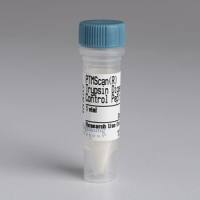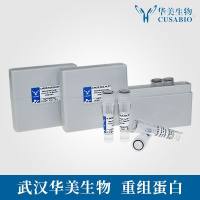Transglutaminase-Catalyzed Formation of Alzheimer-Like Insoluble Complexes from RecombinantTau
互联网
473
Alzheimer’s disease (AD) is a progressive neurodegenerative disease in which abnormal filamentous inclusions accumulate in dystrophic and dying nerve cells. These inclusions have been described as neurofibrillary tangles (NFTs) of which paired helical filaments (PHFs) are the primary constituents (1 -3 ). The PHFs primarily are composed of the microtubule-associated protein tau, which has undergone posttranslational modification such as phosphorylation (4 ,5 ), glycation (6 -9 ), and crosslinking by transglutaminase (TGase) (10 -16 ). Crosslinking of proteins catalyzed by TGase results in the deposition of these proteins into insoluble matrices that are resistant to proteolytic digestion and chaotropic denaturation (for review see ref . 17 ). In this regard, TGase has been demonstrated to be associated with NFTs from the Alzheimer brain (13 ,14 ) and to exhibit elevated activity in the AD brain as compared with normal aged-matched control subjects (16 ). Here we discuss important aspects of TGase and in vitro experimental approaches that address its ability to catalyze the tau protein into insoluble complexes exhibiting biophysical and immuno-logical properties similar to those of the Alzheimer PHFs and NFTs.








